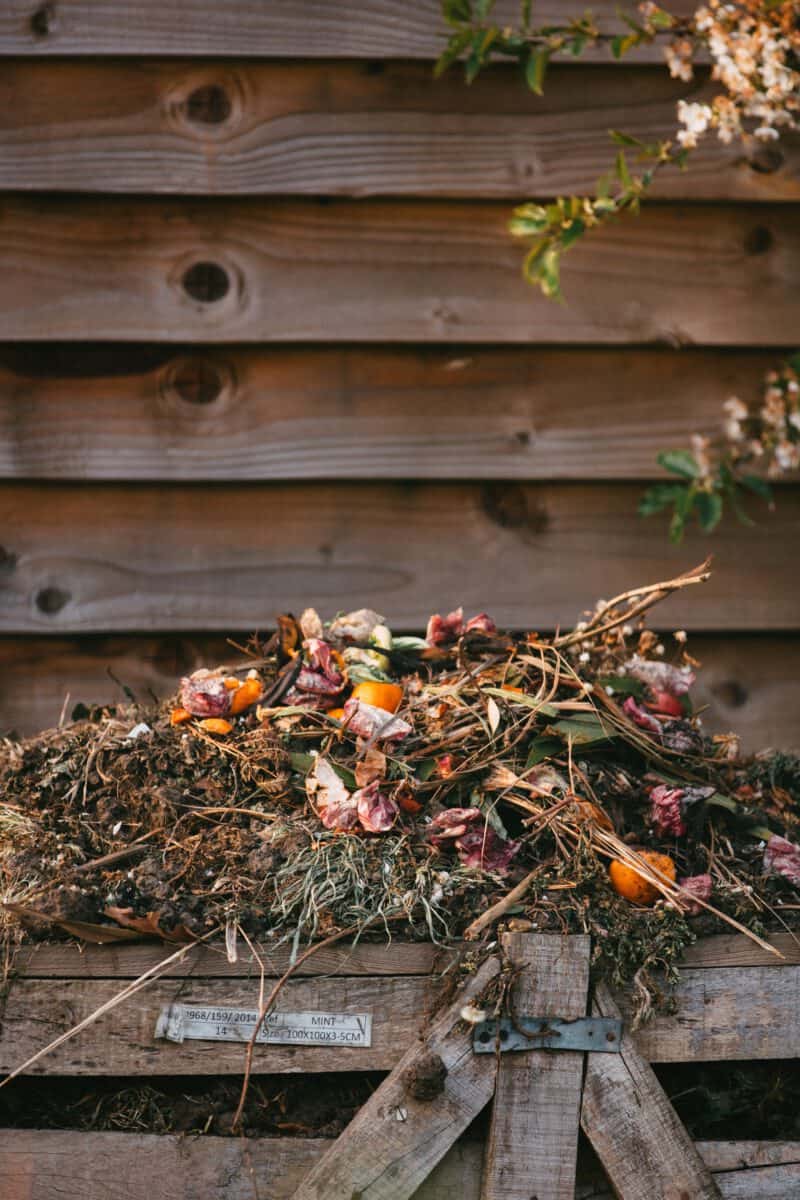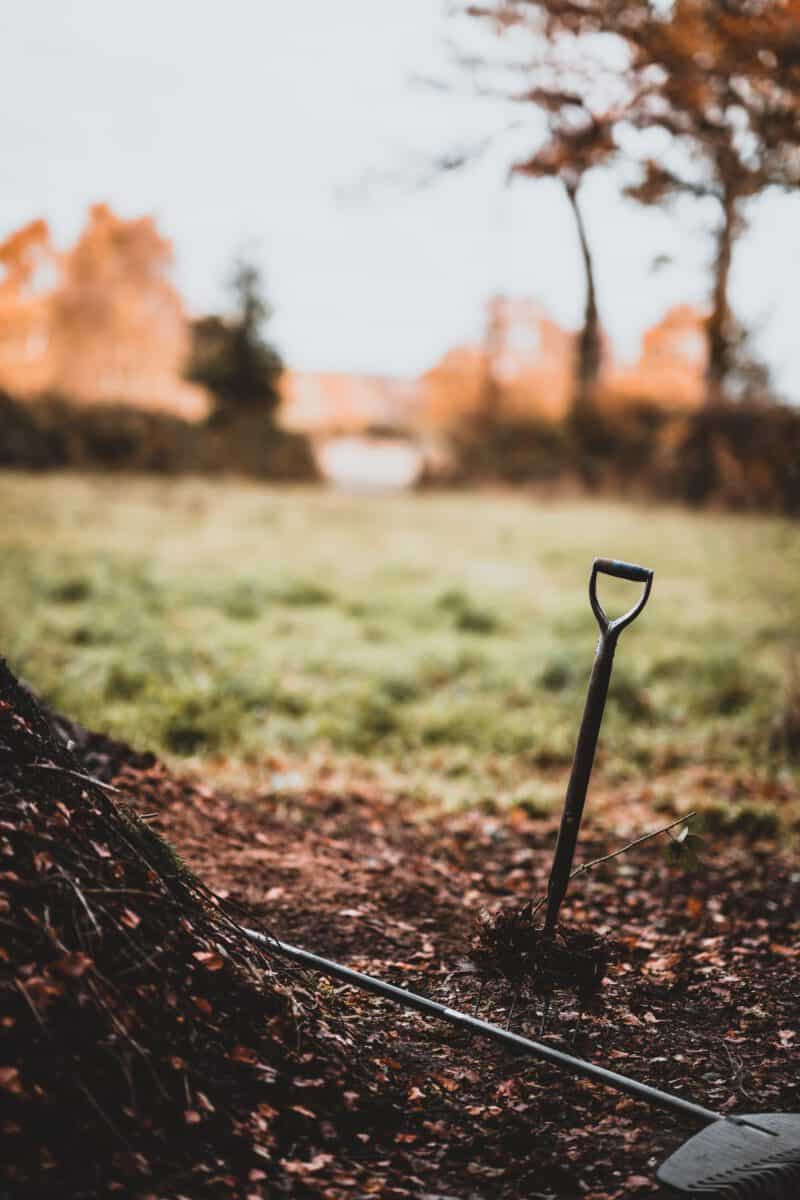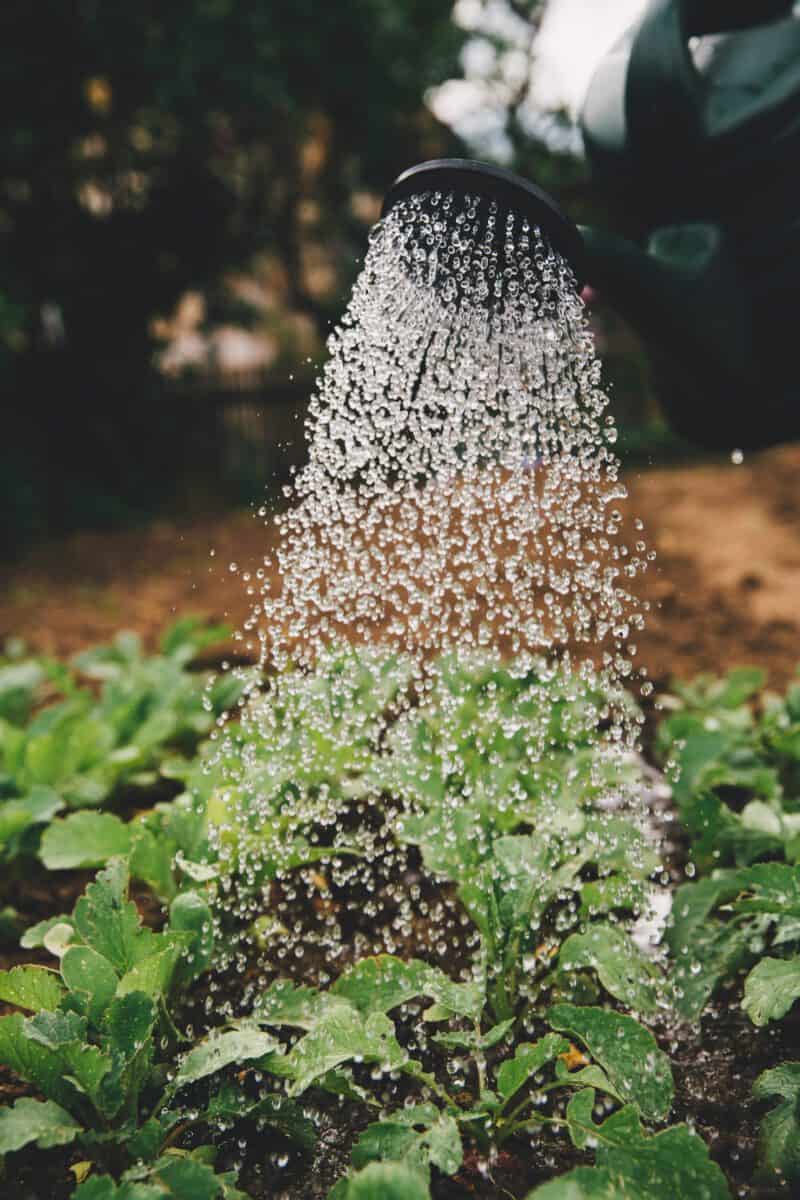As humanity becomes ever more aware of the connectedness between things, as well as the responsibility we all have to be good caretakers of our land and environment, it makes sense that many GreenPro clients are starting to ask how to incorporate these principles into their outdoor designs and landscapes.
Crucial to their questions? How to install a sustainable garden.
It’s important to understand what a sustainable garden is. Essentially, it’s an organic garden taken a step further. Not only focused on cultivating food that is fresh and organic, sustainable gardening is about following organic gardening practices that will not only nourish and sustain your family, but also nourish and sustain your soil and plants as well, both physically and aesthetically.
Sustainable gardening is one of the most important and effective sustainability practices that we can follow. Its practice and benefits include respecting and improving the soils; using native plants, shrubs and trees to create beautiful landscapes; feeding one’s family fresh, organically grown fruits, berries and vegetables; and utilizing every renewable resource that nature provides, from rainwater to gravel.
There are some crucial ways that GreenPro clients can go about creating a sustainable garden on their property.
Compost
Composting has the most impact of any sustainable gardening practice. Composting recycles and enriches the soil, meaning less material goes to the landfill. Composting can be as simple as raking leaves over your garden when you put it to winter bed or as specific as indoor food composting with worm bins. Whether you’re growing vegetables, lawns, flowers and shrubs or fruit trees, composting will bring about vibrant, fortifying change to your gardens while reducing waste. Composting practices also help to conserve water. The planting of green manures— cover crops like rye, oats and hairy vetch that are composted directly into soils — add nitrogen and other nutrients help prevent erosion during spring and fall runoff.
Grow Native, Climate-Appropriate Plants
Check natural areas and local garden experts for plants that thrive in your conditions. Find plants that tolerate drought, or high rainfall and seasonal flooding. (OK has some intense weather!) Exposed environments may need plants that tolerate high winds. When growing vegetables, you already choose plants that mature during OK’s growing season. Making sure vegetables are hardy and high yielding in your prevailing soil and elevation conditions, which means you’ll use less soil additives and supplements, less water and less overall effort to see them succeed.
Garden Design
When sustainable gardeners design their gardens and landscapes, they consider all resource-conserving principles to protect their soil and plants. Just as American farmers worked to end the Dust Bowl by planting shelter belts and by practicing contour farming, the sustainable gardener utilizes the same practices to achieve minimal impact. When building walks, walls or decks, look for recycled, environmentally friendly building materials; likewise when building soils. And there’s a ripple effect when you buy sustainable organic products from businesses that support sustainable gardening. Their success — and yours — encourages more gardeners to follow the path of sustainability even as it immediately rewards the environment.
Sustainable design considers where plants are placed. Shade-loving plants are placed in the shadow of tall sun-loving plants, sun-loving plants are planted in places with the best exposure to light. Water-loving plants are grown where moisture collects, trailing plants are grown over terraces. The more knowledge one has about plants and gardening, the better one’s landscape design.
These are just a few of the ways that GreenPro works with our clients who want to prioritize sustainable living, not just in their garden, but on their property overall. Want to explore how you can make your outdoor landscape more sustainable in the long run? Call GreenPro today!



